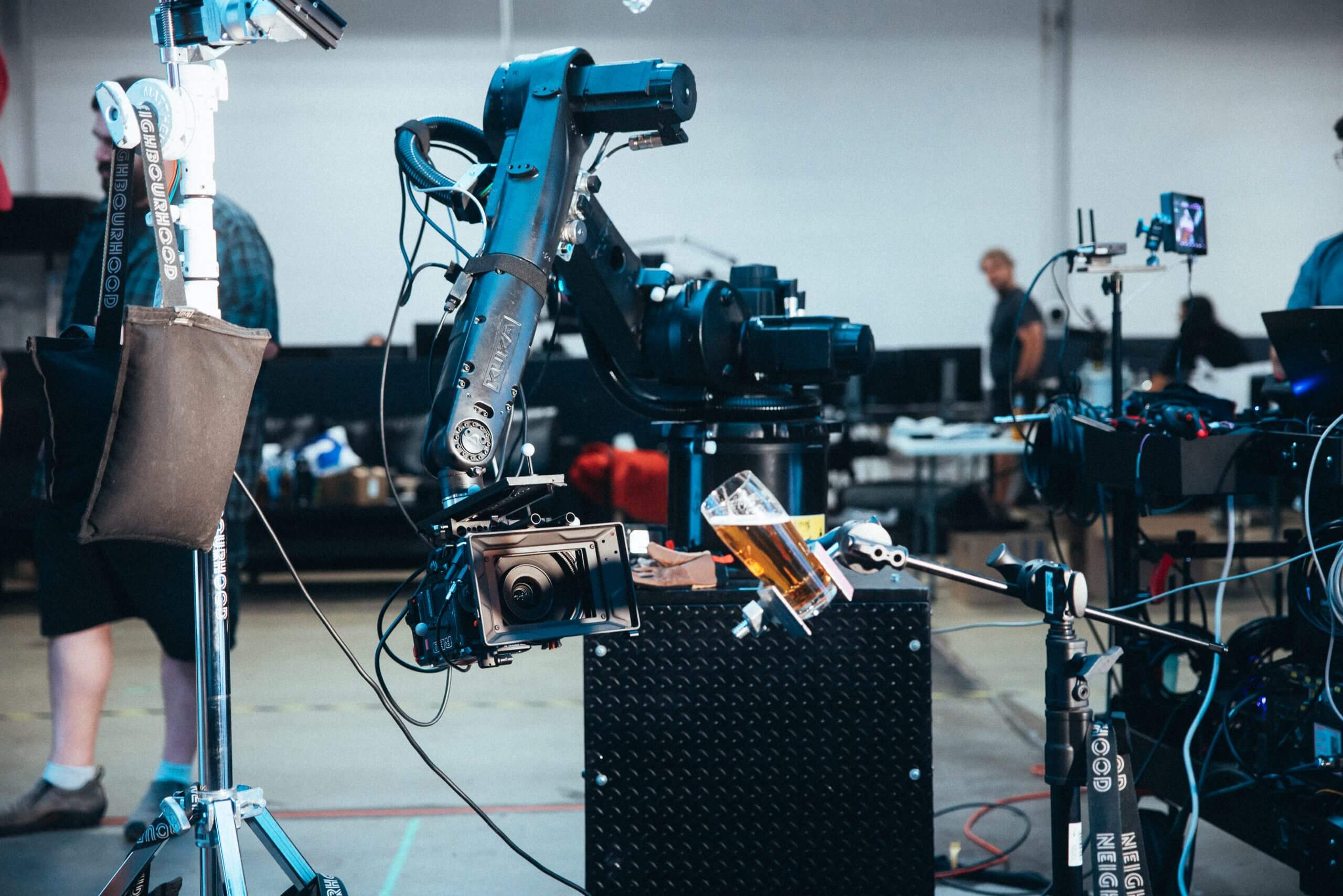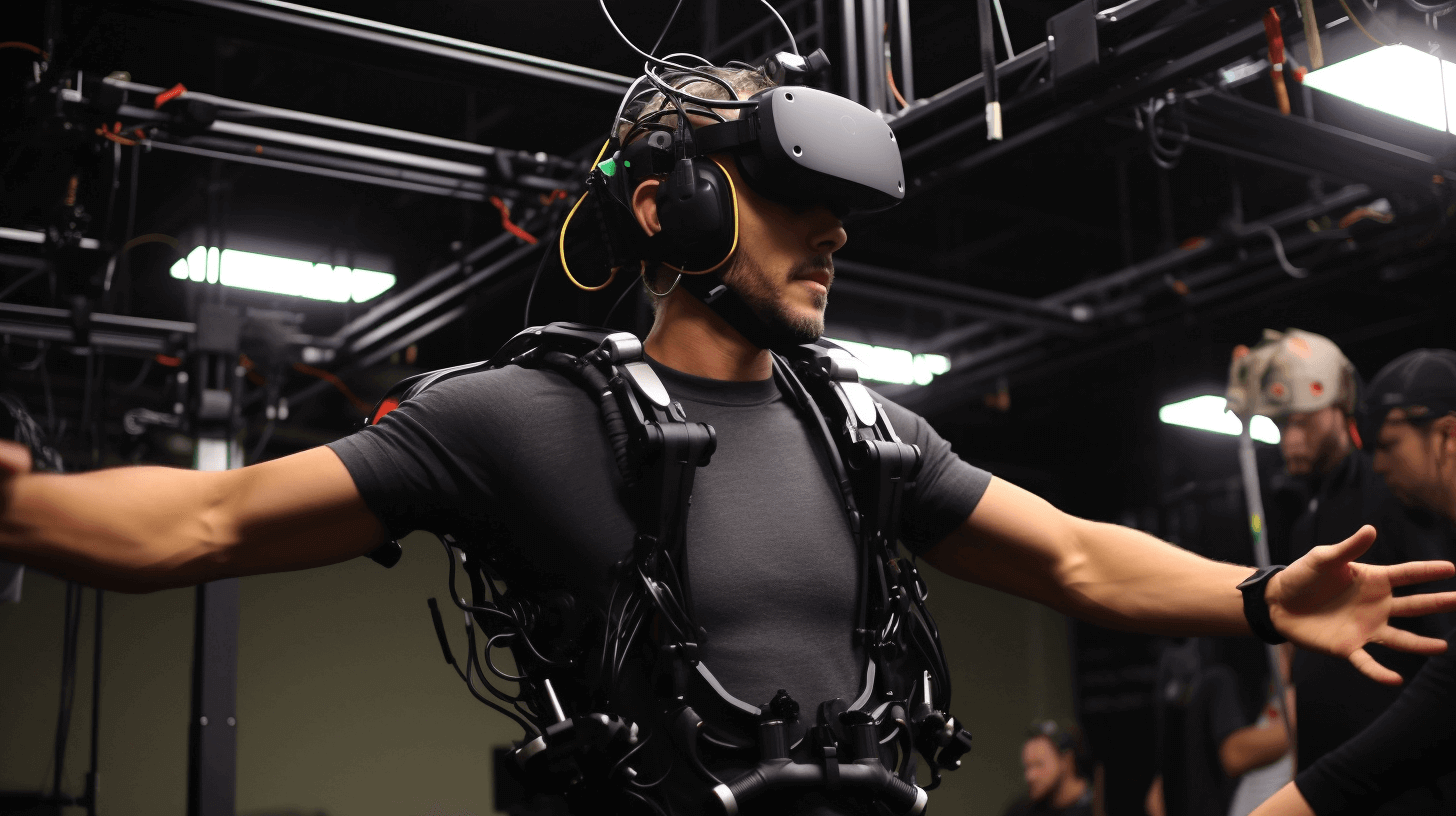
Steering Into the Future: Predictions and Trends in Motion Control Technology
- marsmoco
- August 9, 2023
- 1:51 pm

“To infinity and beyond!” A famous catchphrase that no longer only applies to Buzz Lightyear’s intergalactic adventures, but also to the skyrocketing potential of global motion control technology. So, where are we jetting off to next? Buckle up and join us on a tour to explore the accelerating world of motion control.
The Current Landscape of Motion Control Industry
Just as the human heart pumps life-giving blood to every part of the body, motion control technology drives the pulse of automation, delivering precision, efficiency, and sophistication to a myriad of applications. From orchestrating robotic symphonies on modern assembly lines to conducting precise movements of satellite dishes in space, it’s a dynamic force that fuels our technology-driven world.
Key Components of the Current Landscape
High-Precision Systems: The performance levels achieved by today’s servo motors, controllers, and drives are light years ahead of their predecessors. High-resolution encoders coupled with advanced servo algorithms ensure nanometer-level precision, making them an invaluable asset in manufacturing industry, specifically in the motion control system.
Integrated Motion Controllers: With their ability to control multiple axes simultaneously and interact with various peripheral devices, integrated motion controllers simplify the complex choreography of automated systems. This integration creates highly efficient, reliable, and synchronized operations, setting the stage for more complex applications in the future.
Ethernet-based Motion Control: A game-changer in the industry, Ethernet-based motion control enables real-time control over standard Ethernet, offering high-speed, deterministic control and providing the ability to synchronize multiple axes to a high degree of precision.
Transforming Industries: From Industrial Robots to Entertainment
Industrial Robots: Modern robots, equipped with advanced motion control technology, can perform complex tasks that require human-like dexterity and precision. Advanced motion control technology paired with machine vision enables robots to interact with their environment, make decisions, and learn from their experiences, thus driving the motion control market growth.
Entertainment: The entertainment industry has been revolutionized by motion control technology. High-speed camera systems, drones capturing breathtaking aerial footage, and synchronized amusement park rides owe their magic to this technology.
Indeed, the current landscape of the motion control market size paints a picture of a world where automation is not just about mechanizing tasks. It’s about adding intelligence, precision, and adaptability. It’s about achieving extraordinary feats of efficiency, accuracy, and flexibility.
And, with each passing day, it’s paving the way for what could be the next leap in this fascinating journey of technological evolution. It’s an exciting time to be witnessing and partaking in this revolution as we stand on the brink of even greater breakthroughs that promise to redefine the future as we know it.
Emerging Trends in Motion Control
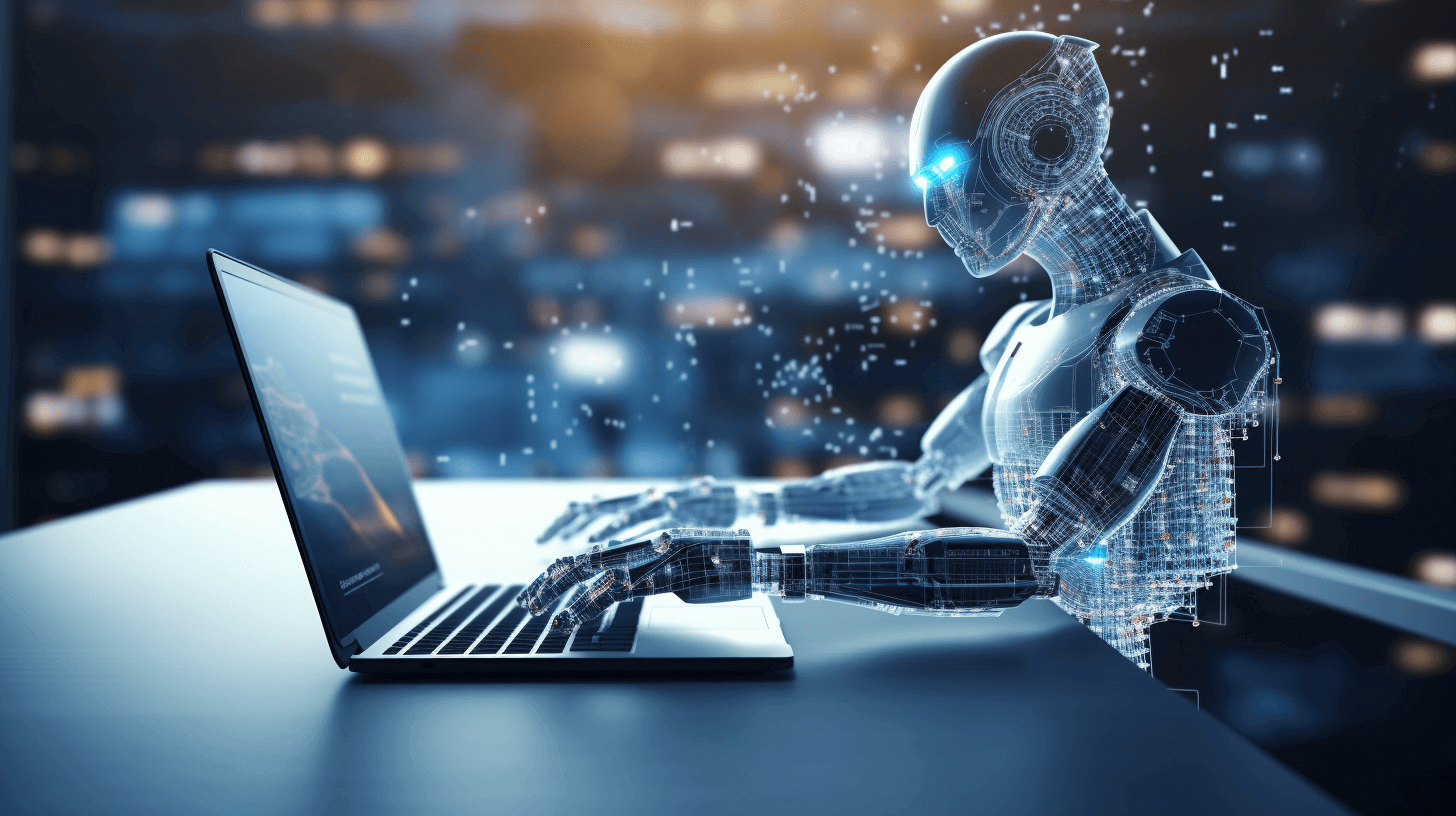
The current tech revolution has had a strong ripple effect in the field of motion control, causing emerging trends to surface faster than a speedboat on a calm sea. As we venture into uncharted waters, let’s explore these trends in greater detail:
Increased Use of Artificial Intelligence and Machine Learning
The fusion of AI and ML with motion control is akin to pairing the precision of a master watchmaker with the wisdom of a sage. This trend is growing rapidly due to the following:
Predictive Capabilities: AI and ML algorithms can analyze patterns, learning from historical data to predict future system behavior. This could drastically reduce the time and cost of maintenance, as problems can be addressed before they cause system failure.
Real-time Optimization: These technologies can adjust control parameters on the fly, optimizing system performance in real-time, and adapting to changing operating conditions.
Complex Task Management: AI and ML can handle complex tasks that require high-speed processing and decision-making capabilities, allowing for more sophisticated and versatile motion control solutions.
The Rise of Wireless and Internet of Things in Motion Control
The incorporation of wireless technology and IoT in motion control is the equivalent of giving our motion control centers a direct line of communication with each other and with us. This revolutionary trend is reshaping the manufacturing sector and manufacturing processes in several ways:
Remote Monitoring and Control: Wireless connections and IoT allow for remote system monitoring and control, enabling operations to continue seamlessly even in harsh or inaccessible environments.
Integration and Interoperability: IoT devices can communicate with each other, enabling different systems to work in harmony and share data. This makes system integration and interoperability more feasible than ever.
Data-Driven Insights: Data-Driven Insights: With the ability to collect and analyze vast amounts of data, IoT-enabled motion controller systems can provide valuable insights that drive operational efficiency and inform strategic decision-making, contributing to the market growth during the forecast period.
Advancements in Miniaturization and Integration in the Motion Control Market
Like the famed Russian Matryoshka dolls, the concept of packing more into less is becoming increasingly prevalent in the motion control industry. Here’s how this trend is making waves in the global motion control market:
Space Efficiency: Miniaturized components take up less space, allowing for more compact and efficient motion control system designs. This can be particularly beneficial in industries where space is at a premium, like aerospace and robotics, specifically in the area of industrial robots.
Energy Efficiency: Smaller components often require less power, which can result in significant energy savings over the long run, promoting market growth during the forecast period.
Enhanced Precision: Miniaturized motion controllers and mechanical systems offer greater precision and control, particularly in applications that require fine-tuned movements, like surgical robotics and precision manufacturing.
Role of Industry 4.0 in Motion Control Technologies
Industry 4.0 is a storm brewing on the horizon of motion control, promising to merge the physical and digital worlds in ways we’ve only dreamt of. Here’s a peek at what’s coming:
Smart Factories: With Industry 4.0, we can anticipate the rise of smart factories where machines communicate and make decisions independently. Motion control will be central to these automated environments, providing the backbone for complex operations.
Digital Twins: In the Industry 4.0 era, digital twins — virtual replicas of physical systems — could be used to simulate and optimize motion control configurations without physical trial and error, saving time and resources.
Advanced Analytics: As motion control systems become more interconnected, the volume of data generated will skyrocket. Advanced analytics will be key to making sense of this data, uncovering insights to drive continuous improvement in motion control systems.
These trends hint at an exhilarating journey ahead for motion control technology. As we ride the crest of this technological wave, we’re on course to witness transformations that could redefine the way we think about movement and control in the world of machines.
Predictions for the Future of Motion Control

Peering into the future, motion control seems set to accelerate us towards new horizons. Let’s delve deeper into the probable future scenarios:
Motion Control and the Green Revolution
With the global emphasis on environmental sustainability, the intersection of motion control technology with the Green Revolution holds promise. This movement can be instrumental in mitigating some of the dire environmental issues we face today.
Energy Efficiency: Advanced motion control systems are geared towards conserving energy while maximizing output. This can significantly reduce the carbon footprint of industries.
Renewable Energy: Motion control plays a crucial role in the operation and efficiency of renewable energy systems. From solar panels that adjust to the sun’s position, to wind turbines altering blade angles for optimal wind absorption, the future of renewable energy is inextricably linked with motion control in the automotive industry.
Recycling and Waste Management: Automated systems, underpinned by motion control technology, can significantly enhance waste sorting and recycling processes. This could revolutionize waste management and lead us towards a circular economy.
Growth of Collaborative Robots
The rise of Collaborative Robots or ‘Cobots’ represents an exciting frontier for motion control technology.
Human-Robot Collaboration: Unlike traditional robots, cobots are designed to interact safely with humans in a shared workspace. This synergy can boost productivity, with humans focusing on tasks requiring creativity and critical thinking, and robots performing repetitive or hazardous tasks.
Adaptive Learning: Cobots equipped with advanced motion control systems and AI can learn from human operators, adapt to changing environments, and even improve their performance over time.
Accessibility: Cobots are designed to be user-friendly, affordable, and flexible, making advanced automation accessible to small and medium-sized businesses.
As we journey towards this exciting future, it’s clear that motion control technology will continue to shape and revolutionize our world in unimaginable ways. From greener practices to quantum leaps in computing, immersive realities, and the rise of human-friendly robots, the future of motion control holds a promise of endless possibilities. As we ride this wave of technological progress, one thing’s for certain: the future is motion-controlled!
The Impact of Quantum Computing on Motion Control
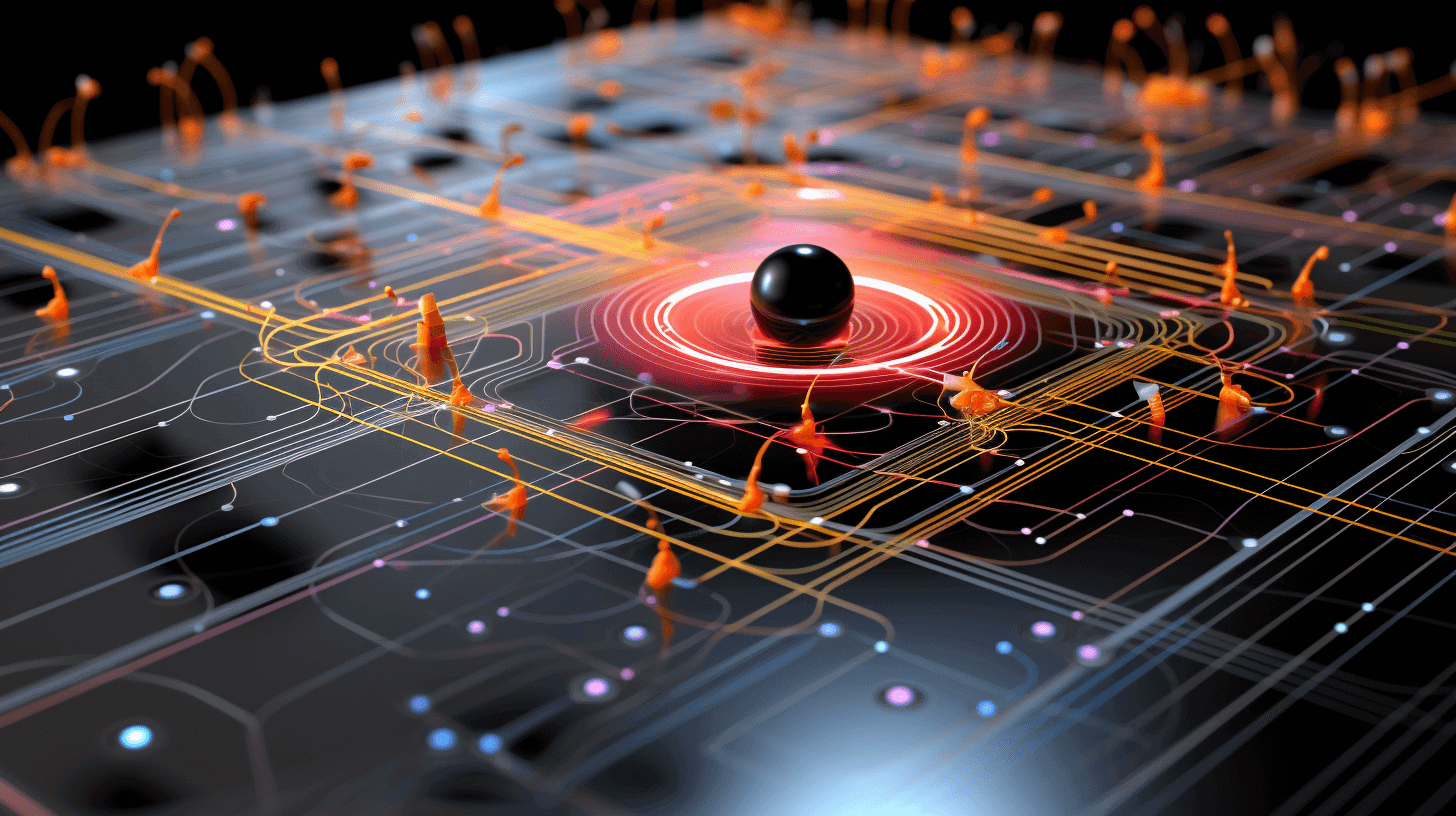
Quantum computing (QC) represents the next frontier in processing power, and its implications for motion control are vast.
Advanced Simulations: Quantum computers could conduct incredibly complex simulations. This could revolutionize the way we design and test motion control systems, enabling us to explore new models and dynamics with unprecedented accuracy.
Real-time Optimization: The potential of QC lies in its ability to crunch large volumes of data at incredible speeds. This could lead to real-time optimization of motion control systems, enabling them to adapt and react to changing conditions instantly.
Quantum Sensing: QC could push the boundaries of quantum sensing, significantly enhancing the precision and functionality of motion control applications.
Role of Virtual and Augmented Reality in Motion Control
AR and VR technologies are gaining traction in motion control, opening a world of possibilities.
Immersive Training: VR could provide an immersive, risk-free environment to train operators in using motion control systems. This could boost competence and safety, particularly for complex or high-risk operations.
Remote Troubleshooting: AR could transform system troubleshooting and maintenance. Technicians could virtually ‘see’ inside systems to diagnose and resolve issues, even from remote locations.
Interactive System Design: By combining motion control with VR/AR, we could interact with system designs in a virtual space. This could improve design efficiency, allowing for rapid prototyping and more intuitive user interfaces.
As the whirlwind of technological evolution accelerates, the potential impact of these future trends and predictions in motion control becomes increasingly profound. From automation to robotics, every corner of the industrial landscape could be reshaped, with ripple effects extending far beyond the factory floor.
Potential Changes in Industries Due to Future Motion Control Technology
Numerous sectors stand on the brink of a monumental shift. Here’s a closer look at some of them:
Manufacturing – With Industry 4.0 taking the center stage, factories could become increasingly autonomous. From assembly lines to quality control, every aspect could be enhanced by smart, adaptive motion control systems.
Healthcare – The advent of sophisticated motion control could lead to revolutionary changes in healthcare, from robotic surgery to advanced rehabilitation therapies.
Entertainment – The rise of virtual and augmented reality, powered by next-gen motion control, could drastically change the way we experience games, movies, and virtual social interactions.
Transportation – With the ongoing development of autonomous vehicles, motion control could help realize the dream of a truly self-driving future.
Benefits and Challenges of These Advancements
The ripple effects of these advancements in motion control promise a range of benefits, while also presenting some formidable challenges.
Benefits:
Increased Efficiency – Enhanced motion control systems could streamline operations, reduce waste, and boost productivity across various industries.
Innovation and New Opportunities – With the convergence of AI, IoT, and motion control, a wave of innovation could sweep across sectors, leading to the development of new products, services, and business models.
Environmental Impact – Green automation, propelled by advances in motion control, could contribute significantly towards achieving sustainability goals.
Challenges:
Cybersecurity Risks – As motion control systems become increasingly interconnected, they could become more vulnerable to cyber threats. Protecting these complex networks will require advanced cybersecurity solutions.
Workforce Reskilling – The rise of automation might necessitate a shift in the labor market, requiring workers to acquire new skills and adapt to a changing work environment.
Regulation – With the rapid pace of technological advancement, regulatory bodies will face the challenge of keeping up and establishing frameworks that ensure safety and ethical use of technology.
As we approach the precipice of a new era of motion control technology, it’s time to take a breath, look back, and then look forward. We’ve covered a lot of ground in this exploration, and it’s essential to revisit the key trends and predictions that have shaped our discussion.
Recap of the Current Landscape
We’ve come a long way since the rudimentary control systems of the past. Our tour began with a look at the present landscape of motion control technology, including:
Current State: Motion control technology, currently at the core of automation, has revolutionized industries and is evolving at an unprecedented pace.
Recent Advancements: From high-precision servo systems to integrated motion controllers, we’ve witnessed significant developments that have shaped the industry.
The Emerging Trends
We then delved into the emerging trends shaping motion control’s future:
AI and Machine Learning: These technologies are transforming motion control, promising intelligent and adaptive systems.
Wireless and IoT: Connectivity is enhancing motion control, enabling more efficient and integrated systems.
Miniaturization and Integration: The development of compact components is promising to streamline systems and boost efficiency.
Industry 4.0: This technological revolution is leveraging motion control to merge the physical and digital worlds in ways we’ve never seen before.
Predictions for the Future
Our journey through the future brought us face-to-face with some exhilarating predictions:
Green Revolution: The intersection of motion control with environmental sustainability is paving the way for energy-efficient systems, renewable energy, and advanced waste management.
Quantum Computing: This emerging technology could supercharge motion control systems, enabling unprecedented processing speeds and sophisticated quantum robotics.
VR and AR: These immersive technologies can transform the design, training, and maintenance processes in the motion control industry.
Cobots: These human-friendly robots represent an exciting frontier, enabling effective human-robot collaboration and making advanced automation accessible to all.
Impact of Future Trends and Predictions
The impact of these trends and predictions will be far-reaching, promising to cause seismic shifts in industries across the board:
Changes in Industries: From manufacturing to renewable energy, motion control technology will continue to drive innovation and revolutionize industry practices.
Benefits and Challenges: While the advancements promise numerous benefits such as increased efficiency and cost savings, they also present challenges that need to be addressed, including cybersecurity risks, skills development, and the need for regulation.
Final Thoughts
As we stand at this crossroads, it’s clear that motion control technology is not just about machines and systems. It’s about us – our aspirations, our creativity, our determination to shape the world around us. Whether it’s AI-powered systems, quantum computing, immersive realities, or friendly cobots, the future of motion control is intrinsically linked to our own.
The key to harnessing this potential lies in our ability to adapt, innovate, and dream beyond our current limitations. We need to embrace these changes, equip ourselves with the necessary skills, and strive towards creating a future where technology and humanity coexist harmoniously.
Motion control technology holds the promise of a future that’s as exciting as it is unknown. It’s a journey that we’re all on together – every coder, engineer, entrepreneur, and dreamer. As we step into this new era, remember, the future is not something that just happens. It’s something we create. And in the realm of motion control technology, it seems, the future is well and truly in our hands.
So, are you ready to play a part in shaping this exciting future? Stay informed, stay curious, and most importantly, stay ready. The future of motion control technology awaits!
*Recent Posts

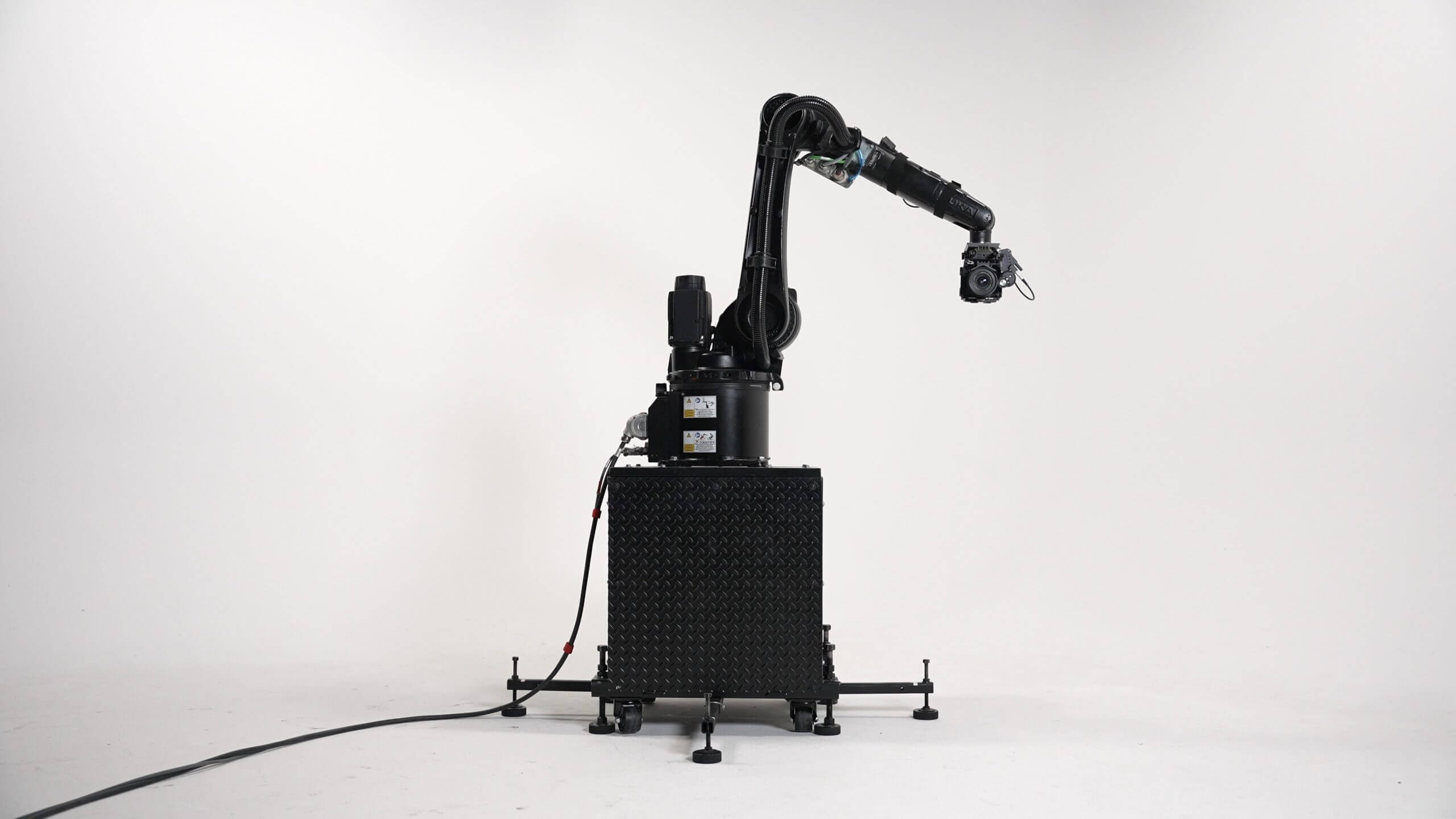
Motion Control Camera for Film and Television Production | Marsmoco
The Benefits of Using a Motion Control Camera System for Product Videography
